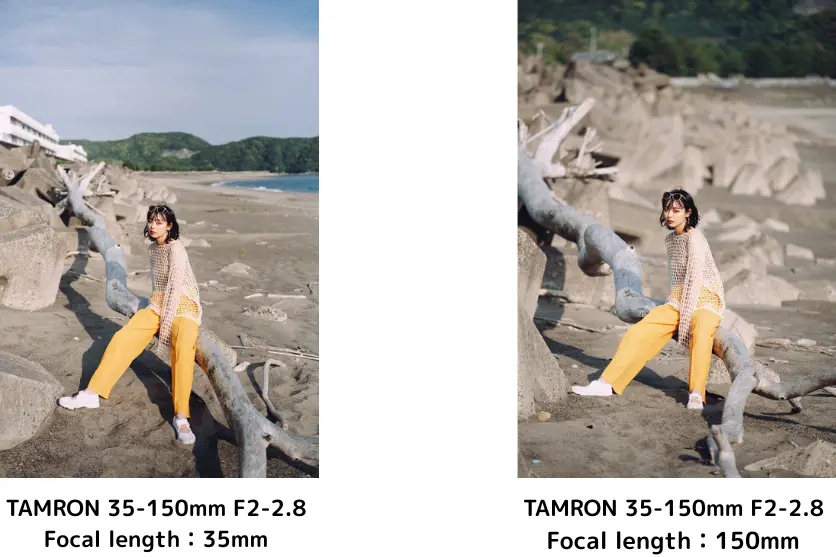June 20, 2025
What is the compression effect? Learn how it works and how to take advantage of the effect
What is the compression effect? Learn how it works and how to take advantage of the effect


There are many different techniques for expression in the world of photography, but this article will explain the "compression effect," which produces particularly impressive results. We will introduce the principles and practical shooting techniques in a step-by-step manner so that even beginners can easily understand. Understanding and mastering the compression effect will greatly expand the scope of your photographic expression.
The compression effect is a phenomenon in which the distance between the subject and the background in a photograph appears closer than it actually is. By compressing the perspective more than we see with the naked eye, it gives the impression that the background is closer, resulting in a more powerful photograph. This effect is most noticeable with telephoto lenses, and is used to emphasize the subject.
How the compression effect occurs
The compression effect occurs when the subject moves away from the camera and the difference in distance between the subject and the background becomes smaller in comparison, causing the background to appear larger.
For example, let's take a look at the two example photos below of a person standing in the same position, taken with a 35mm (wide-angle lens on the left) and a 150mm (telephoto lens on the right).
At 35mm, the distance between the person and the background is clearly felt, and the scenery behind it appears to be far away.
On the other hand, at 150mm, the elements in the background appear to be pulled closer, and the sense of distance between the person and them is compressed. This is because the ratio of the relative distance between the subject and the background differs depending on the focal length of the lens. Even if the physical distance to the background is the same, when shooting with a telephoto lens, the ratio of the distance between the subject and the background becomes smaller, and as a result the distance between the two appears to be shorter.
The compression effect is accentuated with a telephoto lens
As mentioned above, the compression effect is a phenomenon that is more pronounced with telephoto lenses. With a telephoto lens, you shoot from a greater distance from the subject, so the distance ratio we just mentioned is smaller, making the compression effect more evident.
For example, if you capture a person at the same size with a 50mm standard lens and a 200mm telephoto lens, the background will appear larger with the telephoto lens, creating a more powerful impression. Also, because telephoto lenses have a narrow angle of view, the range of the background that is captured is also narrower. This emphasizes the impression that the background is looming closer.
How can compression be used in photography?
From here on, we will introduce some tips on how to effectively use the compression effect when shooting with a telephoto lens.
Be aware of the distance between the subject and the background
The distance between the subject and the background affects the compression effect. The greater the distance between the two, the easier it will be to create a striking contrast through compression. For example, try combining subjects that have a sense of distance, such as a person in the street and a distant landmark.
Also, if the background is far away, choosing a longer focal length will tend to create a more noticeable compression effect. For example, if you're taking a portrait with distant mountains in the background, using a telephoto lens of around 300mm or more will make the mountains appear larger and looming.
Be aware of overlaps between foreground and background
To create a more impressive compression effect, it is also effective to arrange multiple subjects so that they overlap. For example, when different elements such as flowers in the foreground, buildings in the middle, and mountains in the distance are layered, it creates an artistic impression along with depth. In particular, it can be an interesting expression if you can emphasize the contrast in scale, such as a cityscape (man-made object) and a distant mountain range (nature). For example, a combination with contrast, such as a group of skyscrapers and a sunset sky, or city lights and the moon, draws the viewer's attention.
Emphasizing the subject with background blur
Compression and background blurring can make the subject stand out even more. This is particularly effective in portraits, as it can effectively enhance the impression of the person.
To make the most of background blur, it is important to ensure a sufficient distance between the subject and the background, and to shoot with an F-number as close to maximum aperture as possible. Also, if there is a light source in the background, you may want to aim for circular bokeh.
Examples of compression effects for different scenes
The compression effect can be applied to a variety of scenes. Here we will introduce some examples of the effect in typical shooting scenes.
Portrait
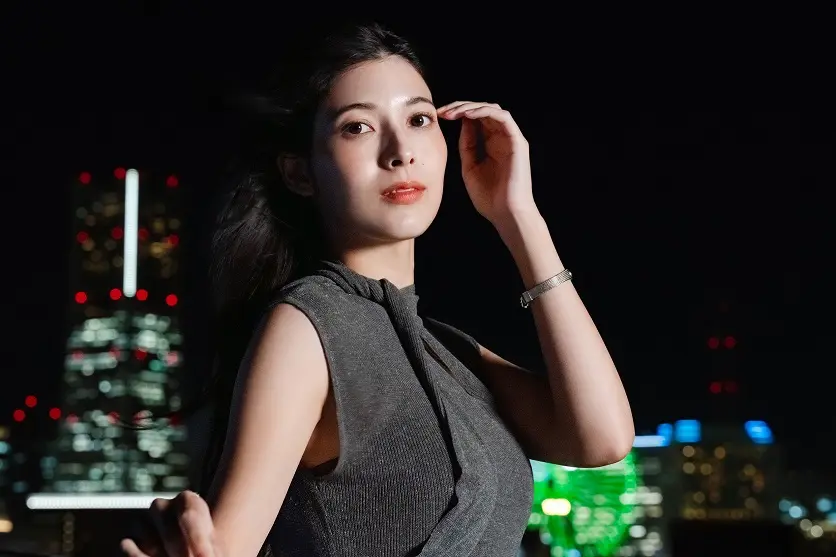
When taking portraits, using a medium telephoto lens of around 85mm to 135mm allows you to achieve a good balance between a natural impression of the person and a compression effect on the background. It is best to use a background that contrasts scale and color, such as a cityscape, large structure, or nature.
When taking a photo, try changing the distance from the subject and the background and observing how the impression changes. Also, shooting with an F-number close to maximum aperture will allow you to take attractive portraits that make use of both the compression effect and beautiful background bokeh.
Landscape
When shooting landscapes, using a super telephoto lens makes it easier to capture the overlapping of the sea, mountains, clouds, etc. in an impressive way. Try shooting layered mountains or a valley shrouded in morning mist, and you'll be able to achieve a mystical atmosphere through the compression effect.
For example, try to find a combination of elements with different senses of distance, such as mountains and fresh greenery, morning mist and mountain ridges, or rough waves, to create a fascinating impression. Additionally, times when the light of the morning or evening sun shines in at an angle will emphasize the three-dimensionality, and combined with the compression effect, will create a memorable shot.
Streetscape
When shooting urban landscapes or street scenes, capturing buildings and streetlights lined up in a straight line can emphasize the impression of density. Shooting downtown signs and busy streets with a telephoto lens can produce a distinctive effect that makes them appear more crowded than they actually are.
Additionally, shooting night scenes makes distant light sources appear larger, creating a more fantastical impression. Shooting from a slightly elevated location with a bird's-eye view creates a more pronounced compression effect due to the overlapping of buildings and roads. In addition, even when shooting the same crowds of people, the compression effect can be used to create an impressive expression of the city's scenery, which changes depending on the time of day, such as the morning rush hour or the flow of people returning home at dusk.
How to choose a telephoto lens
Choosing the right lens is also an important factor in effectively expressing the compression effect. Here are some points to consider when choosing a telephoto lens.
Focal length and angle of view
To broaden the scope of expression, we recommend a zoom lens that covers a wide range from mid-telephoto to telephoto, such as 70mm to 85mm. The same compression effect allows for a variety of expressions.
For portrait photography, 85mm to 135mm is appropriate, while for photographing distant subjects such as landscapes or wild birds, 200mm or more is appropriate. Consider the scene you want to shoot and choose a lens with an appropriate focal length.
Maximum aperture
Lenses with small maximum apertures such as F2.8 and F4 make it easier to take brighter photos in dark places and to obtain exposure even with fast shutter speeds. In addition, lenses with small maximum apertures produce more blur, so they are also effective when you want to make the subject stand out, such as in portraits.
Describing performance
Even lenses with similar focal lengths and maximum apertures have their own unique "flavors" in terms of color reproduction, contrast, bokeh texture, etc. It's a good idea to choose a lens that can capture the image you have in mind by comparing reviews and examples on social media, or by referring to examples from professional photographers.
Weight and compactness
Telephoto lenses generally tend to be large and heavy, so beginners in particular will find it easier to use if they start with a lightweight, compact lens. Heavier lenses will be unstable when held in the hand, so a tripod will be necessary.
Autofocus (AF) performance
In addition to basic focusing smoothness and accuracy, if you are shooting moving subjects (sports, wild birds, children playing, etc.), choose a lens with high AF motion tracking performance. Also, if you are shooting cautious subjects such as animals, it is a good idea to check the quietness of the AF drive.
In-lens image stabilization mechanism
Camera shake is more noticeable when shooting with a telephoto lens. For this reason, choosing a lens with an image stabilization mechanism will enable more stable shooting. In addition, if you choose a lens with adjustable image stabilization effectiveness, you will be able to expand the range of expression in a variety of situations, from still landscapes to moving subjects.
Understand the principles of compression and use them in photography
The compression effect is clearly seen with telephoto lenses. By making the subject and background appear closer than they actually are, you can express a unique impact in your photos that you can't experience in your daily life. This effect can be applied to a variety of scenes, including portraits, landscapes, and cityscapes, so be sure to keep it in mind when taking photos.

Lens Featured in this Impression
-
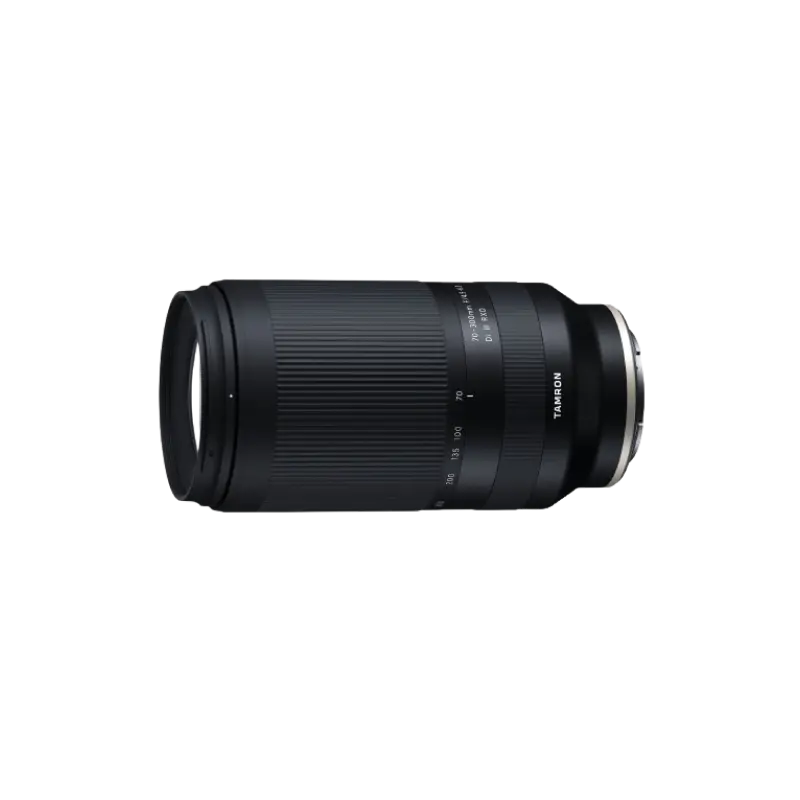
-
70-300mm F/4.5-6.3 Di III RXD a047(Model )
The 70-300mm F/4.5-6.3 Di III RXD (Model A047) for full-frame mirrorless cameras is a telephoto zoom lens designed and created so photographers of all skill levels can enjoy high quality images comfortably. The 70-300mm F4.5-6.3 covers a broad telephoto zoom range yet is the small and lightest weight. With special emphasis on resolving power, TAMRON has deployed special lens elements appropriately arranged to correct chromatic aberration, generally very strong in a telephoto lens, as well as other aberrations. Users can enjoy high-resolution images combined with stunning bokeh qualities that are achievable only with a telephoto lens. The lens also incorporates the RXD, a high-speed precision AF drive system that is remarkably quiet. The 70-300mm F4.5-6.3 is a versatile lens for photographing landscapes, sports and other action, pets, wildlife, and more. The lens also demonstrates its potential for portrait shooting, casual snapshots, and scenarios that require you to be mobile and shoot handheld, like sporting events.
-
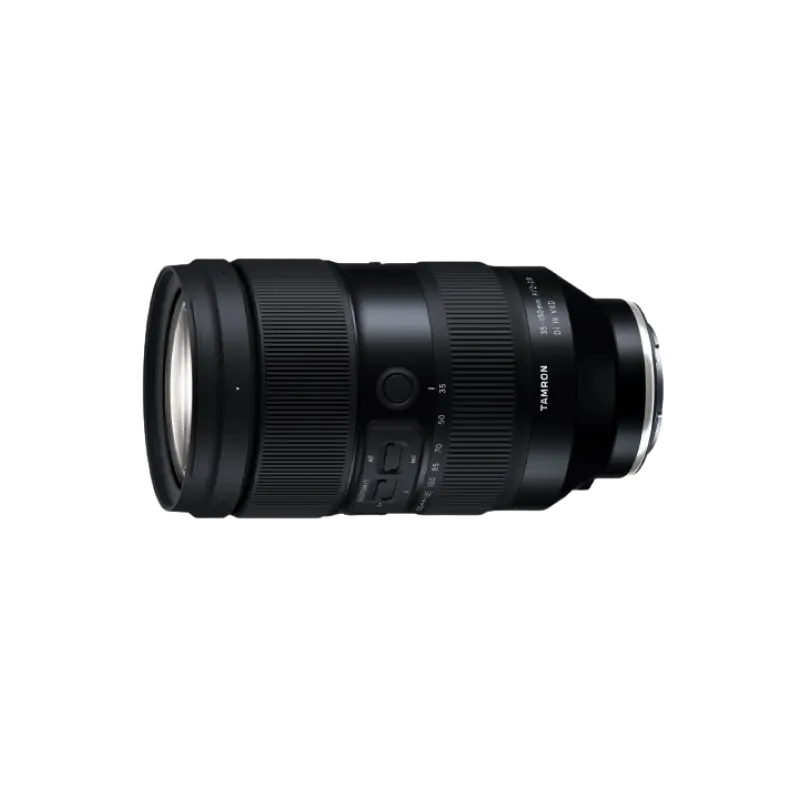
-
35-150mm F/2-2.8 Di III VXD a058(Model )
The 35-150mm F/2-2.8 Di III VXD (Model A058) is a high resolution travel zoom lens that covers everything from the 35mm wide angle to the 150mm telephoto focal length, the first zoom lens achieving an aperture of F2 at the wide angle end. It has a groundbreaking fast-aperture and utilizes the linear motor focus mechanism VXD (Voice-coil eXtreme-torque Drive), thereby achieving high speed, high precision autofocusing. The innovative lens design enabled us to greatly improve the lens's grip and functionality. The software, developed in-house, enables to easily customize functions and to update firmware.
-
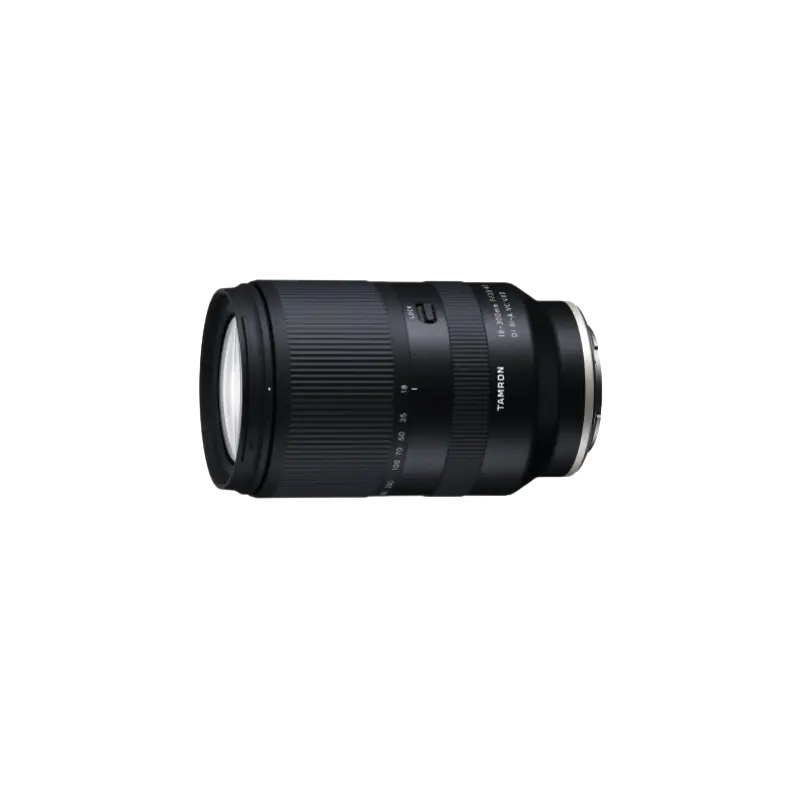
-
18-300mm F/3.5-6.3 Di III-A VC VXD b061(Model )
The 18-300mm F/3.5-6.3 Di III-A VC VXD (Model B061) achieves 16.6x zoom and is equipped with the VXD for a quiet and agile AF drive. The optical construction includes several special lens elements, specifically four LD (Low Dispersion) and three hybrid aspherical lens elements. These elements help to produce clear, sharp images from the center to the corners and deliver top-level image quality in its class. It is enabled close-up shooting and is equipped with the VC system. The 18-300mm F/3.5-6.3 makes photography more fun because you can use it in an unlimited number of situations. It’s so versatile, it will inspire you to push your creativity further and further.
-
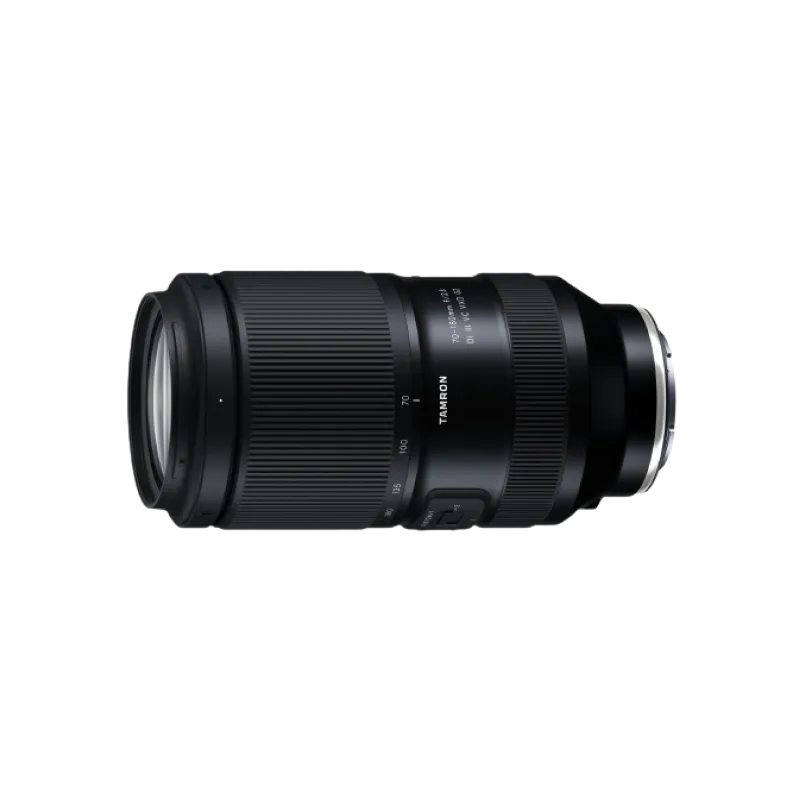
-
70-180mm F/2.8 Di III VC VXD G2 a065(Model )
70-180mm F/2.8 Di III VC VXD G2 (Model A065) has evolved to G2 level.This is the world’s smallest and lightest, fast-aperture telephoto zoom lens for Sony E-mount and Nikon Z mount with astounding portability and superb image quality.
-
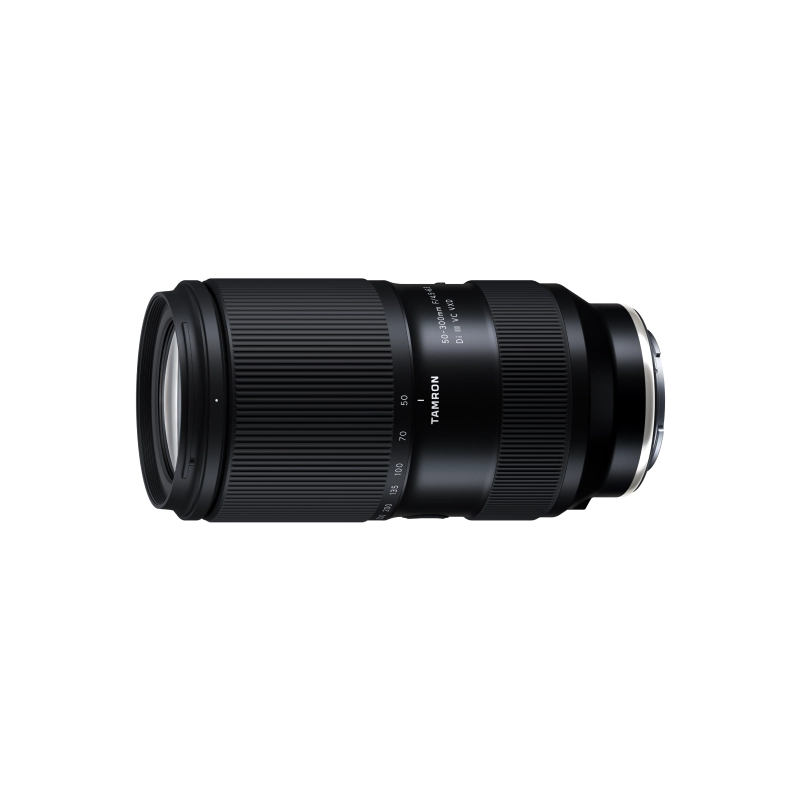
-
50-300mm F/4.5-6.3 Di III VC VXD a069(Model )
50-300mm F/4.5-6.3 Di III VC VXD (Model A069) is a 6x telephoto zoom lens for Sony E-mount that delivers outstanding convenience and image quality. Discover the groundbreaking capabilities of a 300mm telephoto zoom that starts from 50mm at the wide end.


